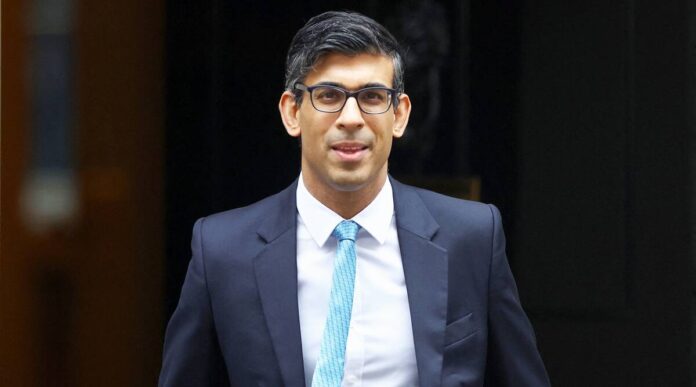The UK granted residence visas last year at almost double the pace it did before the pandemic as more people came to work and study in the UK.
The Home Office issued a total of 1.4 million visas last year, up from 714,300 in 2019 before coronavirus lockdowns halted much travel. Work visas made up a big proportion of this, with one in three of these going to Indian workers. There also were big increases for those entering from Hong Kong and Ukraine.
The figures mark a contrast with the goal of Prime Minister Rishi Sunak’s government cut immigration sharply, one of the main things the Conservatives promised to deliver after leaving the European Union.
Almost a third of Britons consider immigration one of the top three concerns, according to a YouGov poll in December. That suggests the issue will linger on the political agenda until the next election, which must be held by early 2025.
Work visa grants also reflect a severe shortage of labour across the UK after hundreds of thousands of people dropped out of the jobs market since the pandemic. The government wants to cut the number of low-skilled workers coming to the UK and leave the nation with a high-wage, high-productivity economy.
Separate figures released last year show migration is rising, with people from outside the EU replacing those who whose ability to work in the UK has been limited since Brexit.
The visa figures released this week by the Home Office show that programs for refugees from Ukraine accounted for 2,10,906 visas last year. The total number was up 62% from 8,62,900 in 2021.
Despite wide-ranging sanctions on certain individuals, the number of Russians coming to work and live in the UK increased since the war with Ukraine began.
There are no direct flights between the UK and much of Europe and Russia, but 25,403 visas were granted for Russians to visit Britain, up 15% from 2021 levels. The number of work visas for Russians rose 21% to 5,754 granted visas in 2022.







































